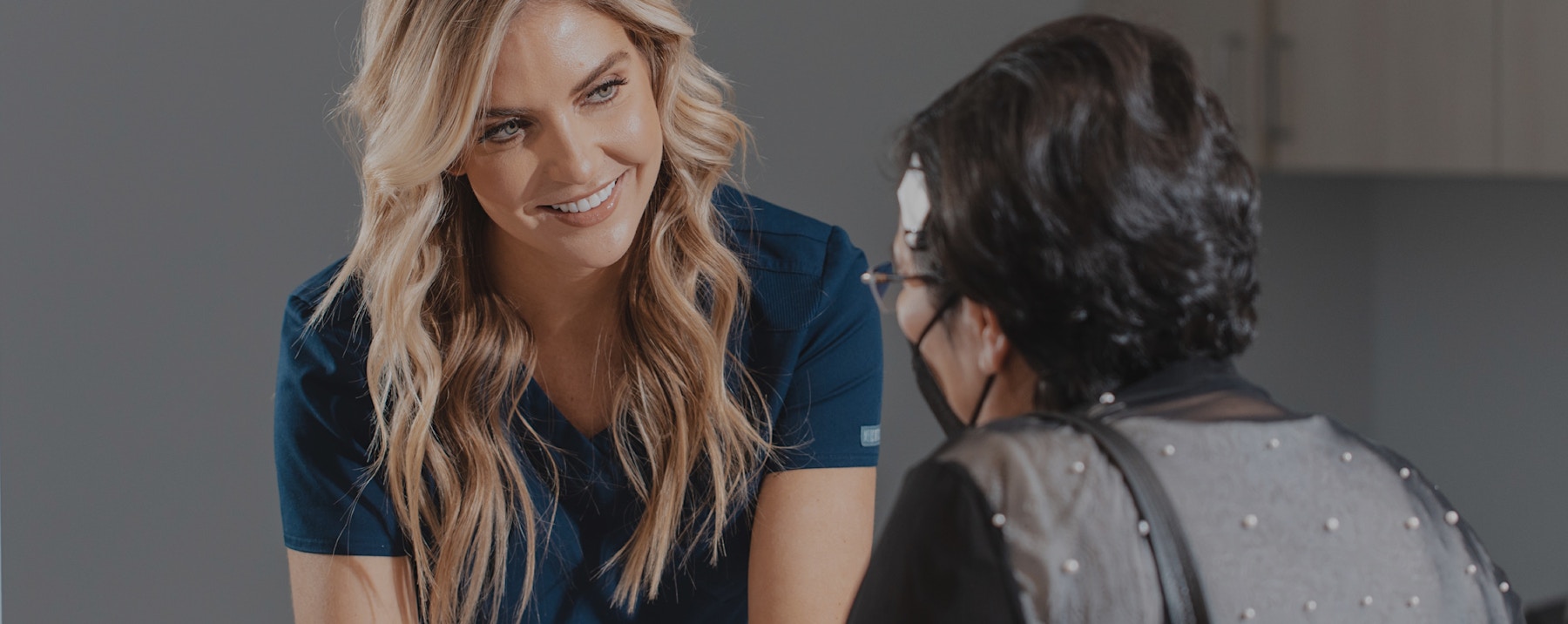
The term “blood clots” can seem scary, but they’re not all bad. In fact, within seconds or minutes of hurting yourself, your blood cells start clumping together to form a clot at the injury site. This important step helps protect your wound and prevent additional blood loss.
But while blood clots play a crucial role in the healing process, they can also become a serious problem.
Sometimes, your body can make too many clots or create abnormal clots. You can even have clots that don’t break down properly. It’s also especially dangerous when blood clots form where they shouldn’t, like deep inside your leg veins. When this occurs, blood clots can cause serious complications, putting your limbs and even your life at risk.
At Wound Evolution - Wound Care and Hyperbaric Medicine, our medical team can help if you live with vein-related diseases that increase your chances of blood clots. Here’s how we use compression therapy to support your circulatory health.
A closer look at blood flow
Before exploring the benefits of compression therapy, it helps to have a better understanding of your circulatory system.
Your body has three types of blood vessels with very specific jobs in your circulatory system: arteries, veins, and capillaries.
Arteries
Your arteries carry oxygen-rich blood and nutrients away from your heart to all of the tissue in your body.
Veins
Once depleted of oxygen and nutrients, your blood returns to the heart by way of your veins. On this return trip, your blood has to work against gravity, so veins contain tiny valves to help keep it flowing in the right direction.
Capillaries
Capillaries connect your arteries and veins. Their walls are so thin that nutrients, oxygen, waste products, and carbon dioxide can pass between your blood and tissue.
Together, this intricate network of arteries, veins, and capillaries is more than 60,000 miles long. And each pump of your heart keeps blood flowing continuously throughout it.
The problem with blood clots
Unfortunately, the valves in your veins can weaken or fail over time. When this occurs, they can no longer carry blood back to the heart properly. When blood pools in your legs, numerous problems can develop, including swelling and blood clots.
Several factors can increase your chances of blood clots, including:
- Smoking
- A family history of the disorder
- Being overweight or obese
- Medical conditions, like atherosclerosis, venous insufficiency, diabetes, or COVID-19
- Certain genetic disorders, surgeries, or medications
- Cancer and cancer treatment
Staying in one position for lengthy periods can also put you at risk of blood clots. These situations can include long car or plane rides, hospital stays, or bed rest.
How compression therapy can help
Compression therapy involves wearing special socks or stockings, often from the moment you rise each day until when you go to bed.
What sets compression garments apart from other socks or stockings is their special design that squeezes the legs. This constant pressure keeps blood from pooling in your lower veins. It also provides more vein support, making it easier for them to keep blood moving.
The result? Less risk of blood clots forming, dislodging, and even traveling to other parts of your body. Compression garments can also relieve other poor circulation symptoms, like swelling and discomfort.
To provide the best results, we measure you for your prescription compression garments to ensure the ideal fit.
You should expect them to have the most support at the ankle and gradually decrease the higher they go on your leg. This gradual support allows the compression in your stocking to work in conjunction with your calf muscles, which also support healthy circulation.
Are you ready to see if compression therapy is right for you? Contact our nearest office by calling or booking a consultation online today. We’re located in Dallas, Fort Worth, and San Antonio, Texas, as well as Overland Park, Kansas.

